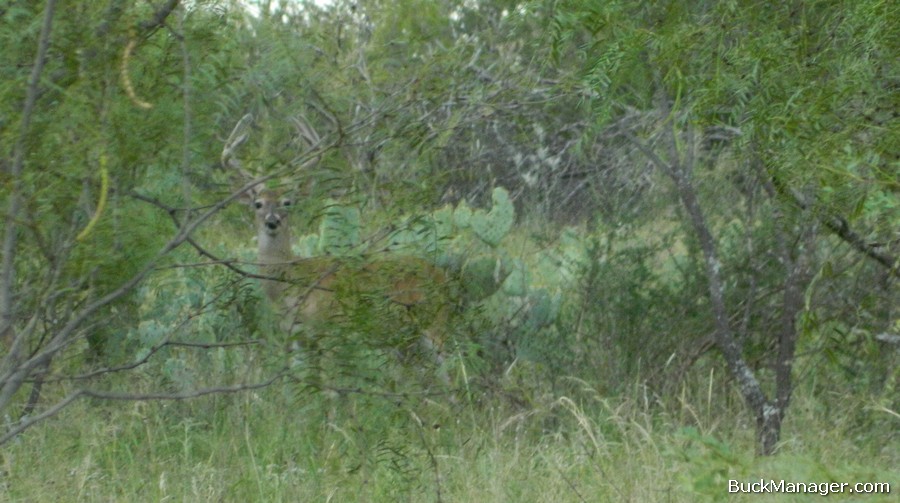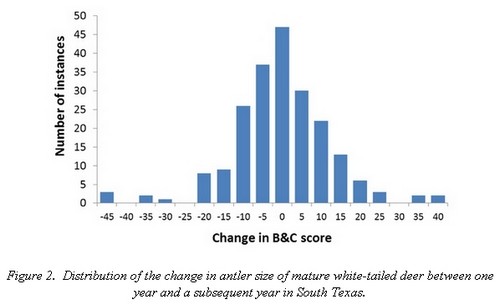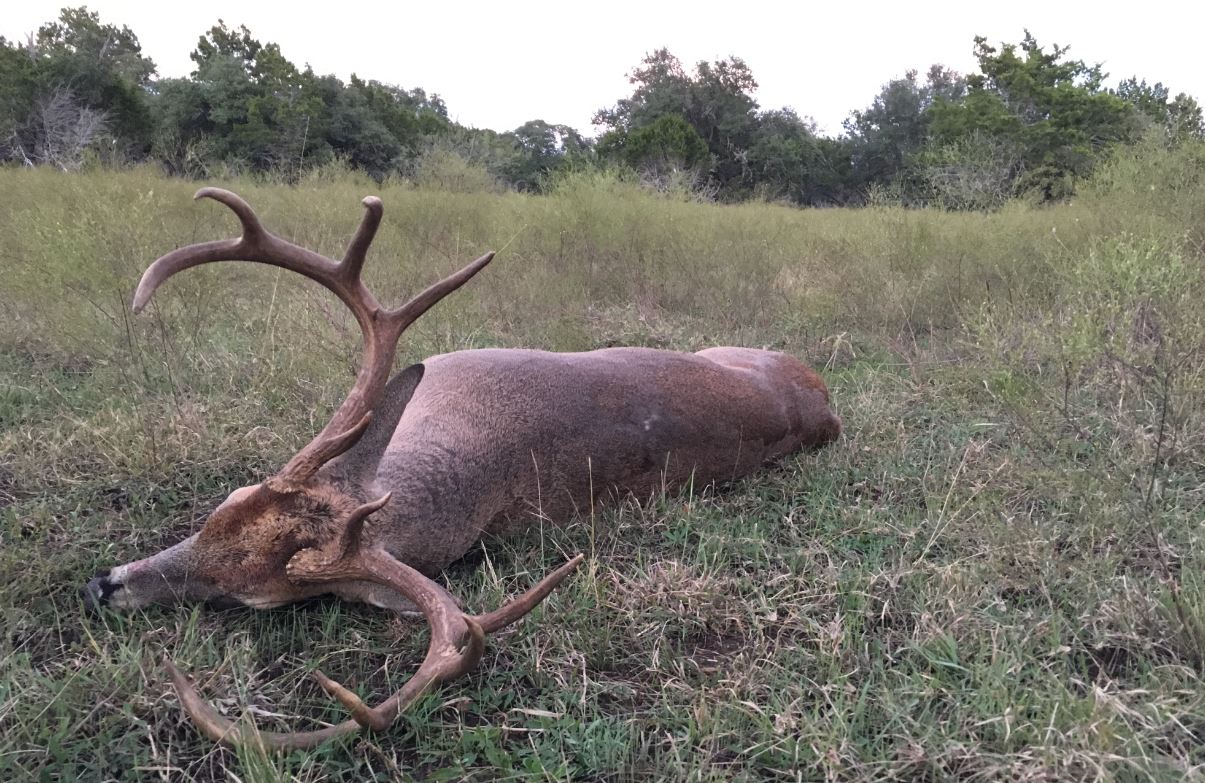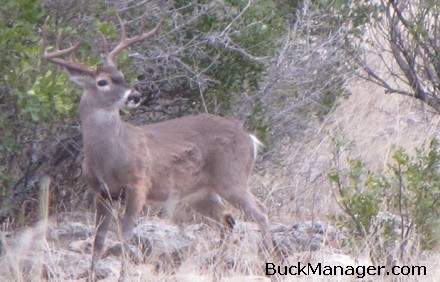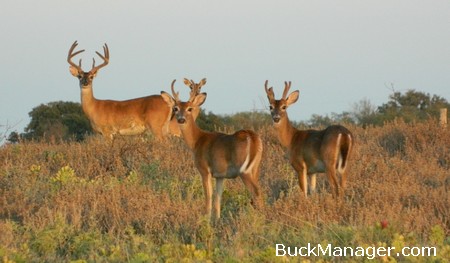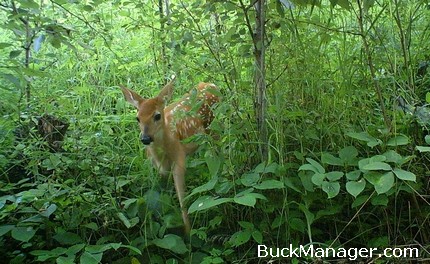Increase Antler Size
Most hunters and property owners involved in deer management are interested in healthy herds and increased antler growth and size in bucks. There are numerous other positives that result from managed whitetail populations, the most important of which are healthier, more diverse plant communities for all wildlife species.
Good habitat equates to better bucks, but sometimes additional inputs are needed to harness all of the antler-growing potential within bucks found on the property. It’s often during the deer hunting season that hunters take inventory of the bucks roaming their land, but the time to take action for next year is right now.
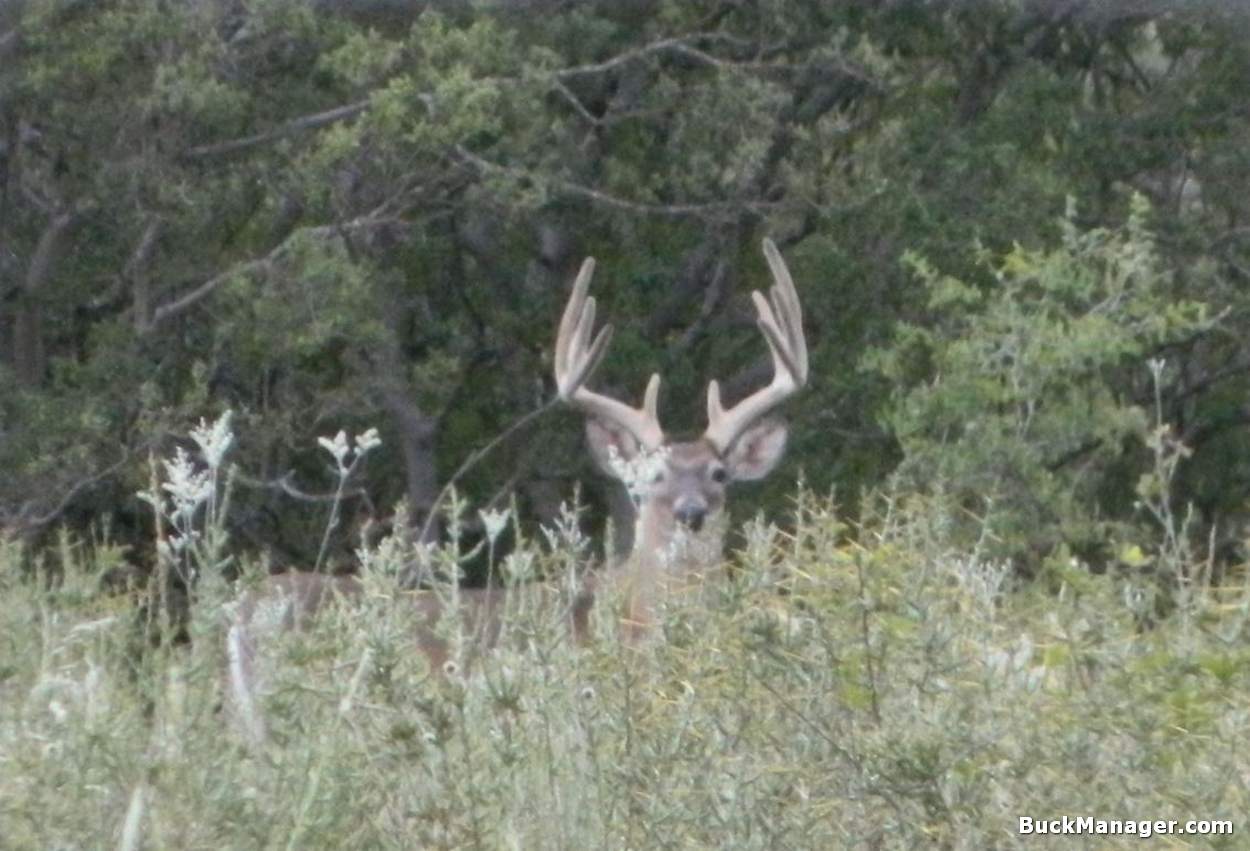
Recipe for Big Bucks?
Question from Mike P.: “I am involved in a small self-management plan on a 90 acre farm in Pennsylvania. Our deer are free ranging and are very low pressured. We do a buffet of food plots, about 7 acres of turnips, radishes, oats and clovers. We are also involved in the creeps program. We have established a great heard and do not harvest bucks until they have reached 130 class. What we seem to be lacking is antler mass.
We have been told by local deer farmers to add protein to their diet. We were thinking of mixing roasted soybeans with corn for our winter feeders. We have also been told to be very careful on the ratio of the mix and could make the deer “sick.” My question is, what is true and what is false, what’s right and what’s wrong? Is there something else we can do to add antler mass?”
Best Ways to Increase Antler Size
First, this is a great question to ask since most of the deer hunting seasons have wrapped up for this winter and because another antler growing cycle is about to start. Additionally, there are likely many other hunters around the US that are also wondering how to increase antler growth in bucks. The months following the rut are critically important for future antler growth because bucks are attempting to fully recover from the intense, grueling breeding season.
Antler size can be improved on bucks through adding points, increasing the lengths of points or by increasing the circumference of existing antler material, thus increasing mass. A lot of hunters look for a buck with a wide-spreading rack, but I’ll take the heavy-horned freak nasty every time. The only way to produce and harvest larger bucks is to add inches to antler measurements. Points (and plenty of them) tack on the most in terms of a buck’s score, but there are several other measurements, as well as factors, that play a role.
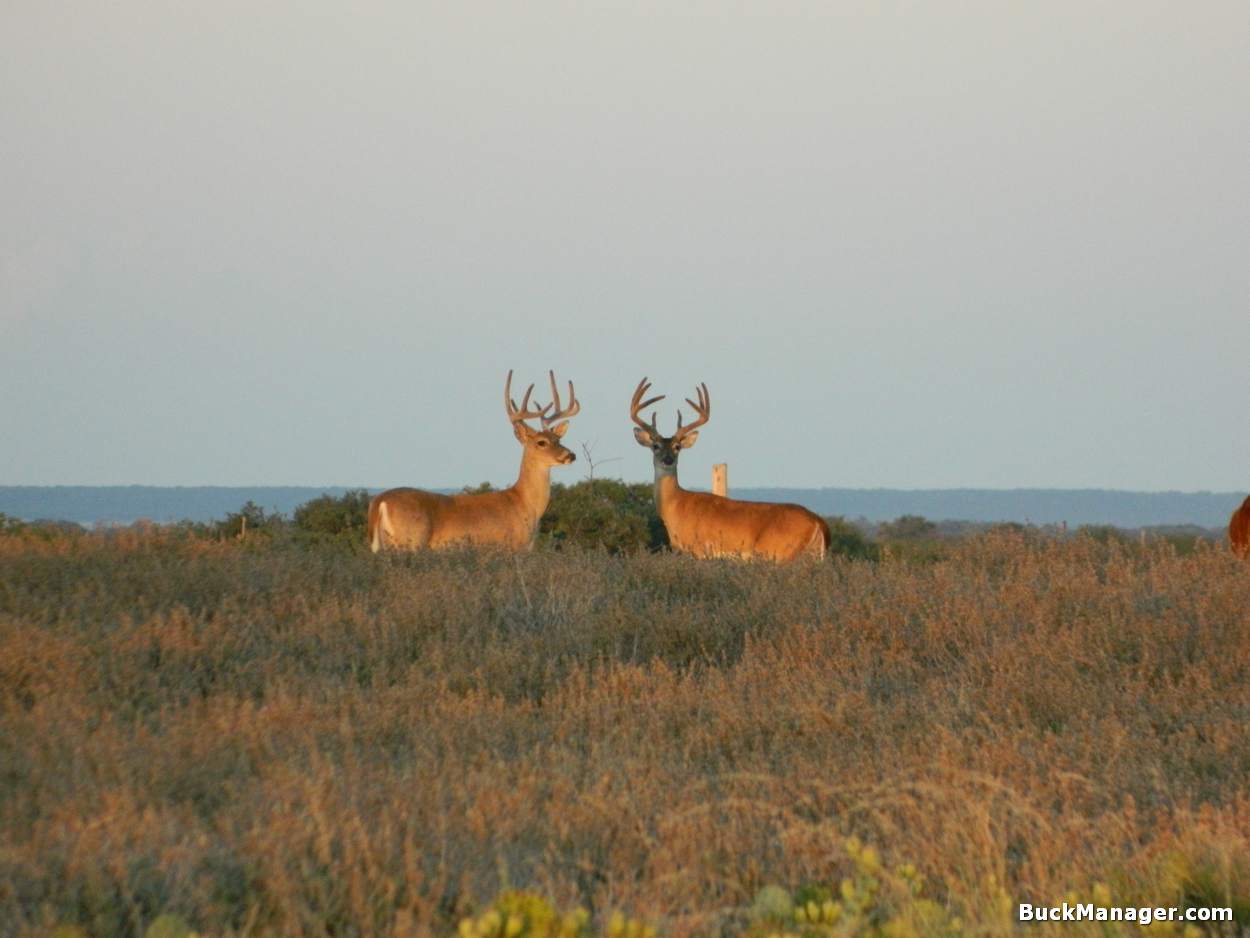
Antler Growth in Bucks
Antler growth in whitetail bucks always comes down to three things: age, genetics and nutrition. Antlers get larger as a buck gets older up to a certain point, then they start declining in size. There is some debate on when exactly that occurs, but I don’t think there is a single right answer here. Just as individual bucks vary in antler quality, I think different bucks peak at different years. Environmental conditions, buck to doe ratios and other factors all impact this. Hunters may see a buck’s best antlers anywhere from 5 1/2 to 8 1/2 years of age. Antler mass will increase with age.
Genetics are obviously important, but they are difficult to manage and this is especially true on small acreages where whitetail management and growing better bucks is the goal. Genetics for antler growth comes down to WYSIWYG — -what you see is what you get. That is, unless you do something different. In the situation outlined above, it’s nearly impossible to make meaningful genetic changes in the deer herd. The size of the property may be a limitation, but the road does not end there.
Landowners and hunters have much more control when it comes to deer nutrition. In fact, there are many options when it comes to providing additional, high quality foods for whitetail. Food plots can work great in areas with dependable rainfall and good soils. In other areas, not so much. But this opens the door to supplements such as protein pellets, whole cottonseed and roasted soybeans. And let’s not forget that superior, natural forb and browse production can be encouraged on any property through deer habitat improvement that involves a variety of land management practices.
Deer Herd and Antler Growth
Ideally, hunters will shoot bigger bucks if they simply provide the genetically-best bucks on their property with optimal nutrition until they reach 5-8 years of age. As I mentioned, this would be ideal. The reality in this case is a 90 acre property that currently has bucks that are lacking antler mass. Without knowing any more about the situation that what was given, there are several things that could be in play. Any or all of these factors could be impacting the free-ranging bucks found on the property and in the area.
First, there is always the chance that you’re just unlucky, that the deer in your area do not have the genes to grow heavy horns. It’s unlikely, but completely possible. Antler mass, as it turns out, is one of the most heritable traits in deer antlers. Of all the traits that a buck may get from his father for antler growth, mass is most likely to stick. So, the WYSIWYG principle applies here. Thin-horned bucks sire more thin-horned bucks. But, in your case, are their genetics to blame?
An often overlooked factor that can seriously impact antler size in bucks is the buck to doe ratio of the deer herd. I mentioned at the top of the article that this was a timely question because bucks are currently still recovering from the rut. If bucks are physically run-down following the rut and do not fully recover, then they will remain so and will start the upcoming antler growing season at a huge disadvantage.
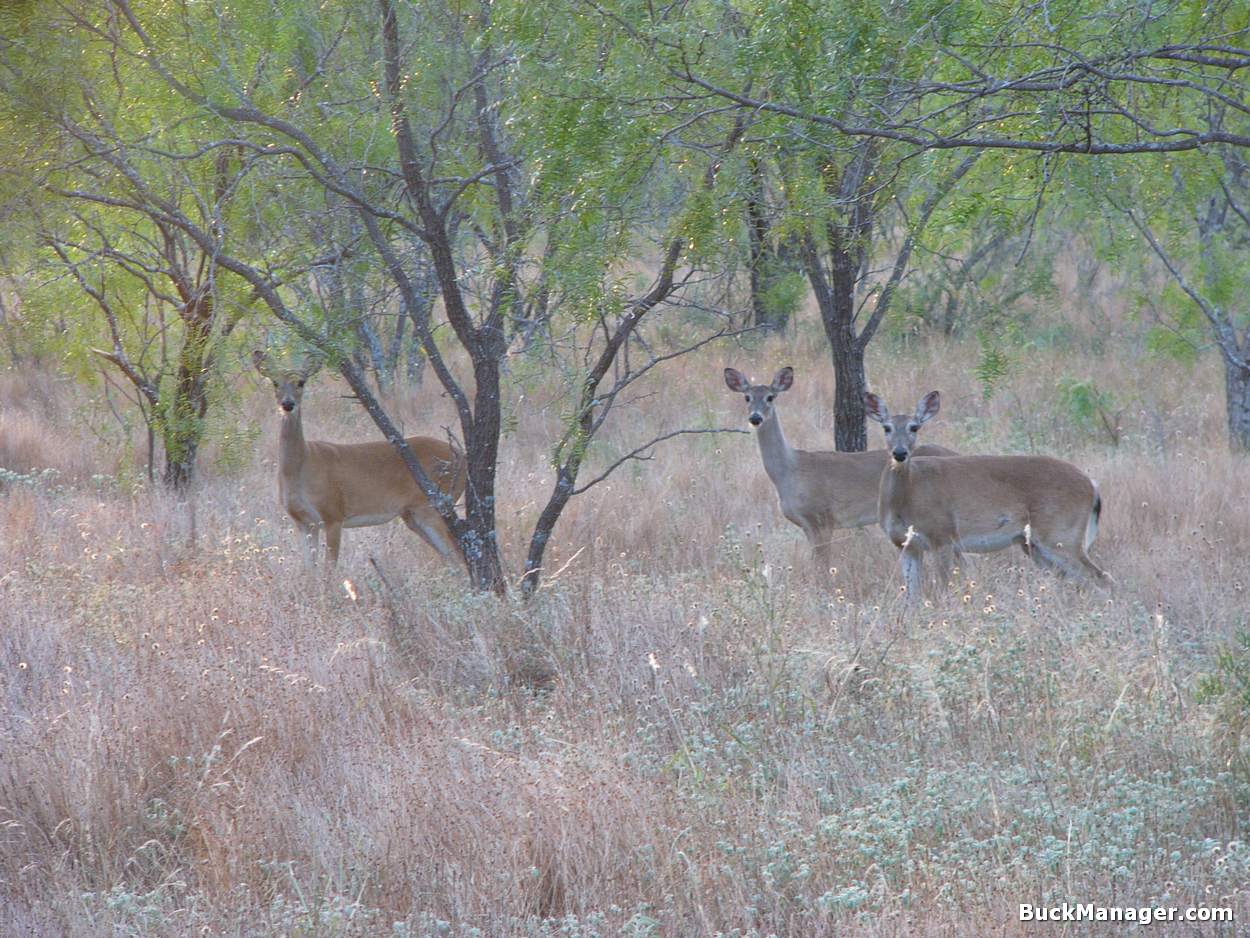
If there are 4-5 does per buck in your area then this could be an issue. If there are 6-7 does per buck in the area then this is a problem that should be addressed. The ideal buck to doe ratio in this situation would be 1 buck for every 2-3 does, but the ratio could be much closer to even on very large acreages (or high fenced properties) with more control over deer harvest.
In this situation, there is no doubt that nutrition could be an issue contributing to poor antler mass. In fact, it probably is. Furthermore, poor nutrition would only make the skewed buck to doe ratio example described in the paragraph above even worse for bucks.
Poor nutrition is a result of too many deer for the habitat, or in other words, not enough food for the deer herd. Keep in mind that just because there may not be an abundance of deer does not mean there aren’t too many for the habitat. It all boils down to the number of available pounds of deer food per mouth per day. Of course, an insufficient diet may not necessarily be of a caloric nature, but one related to the availability of minerals. Mineral deficiency is most common on sandy soils or in areas that receive high amounts of precipitation. If this sounds like you, listen up.
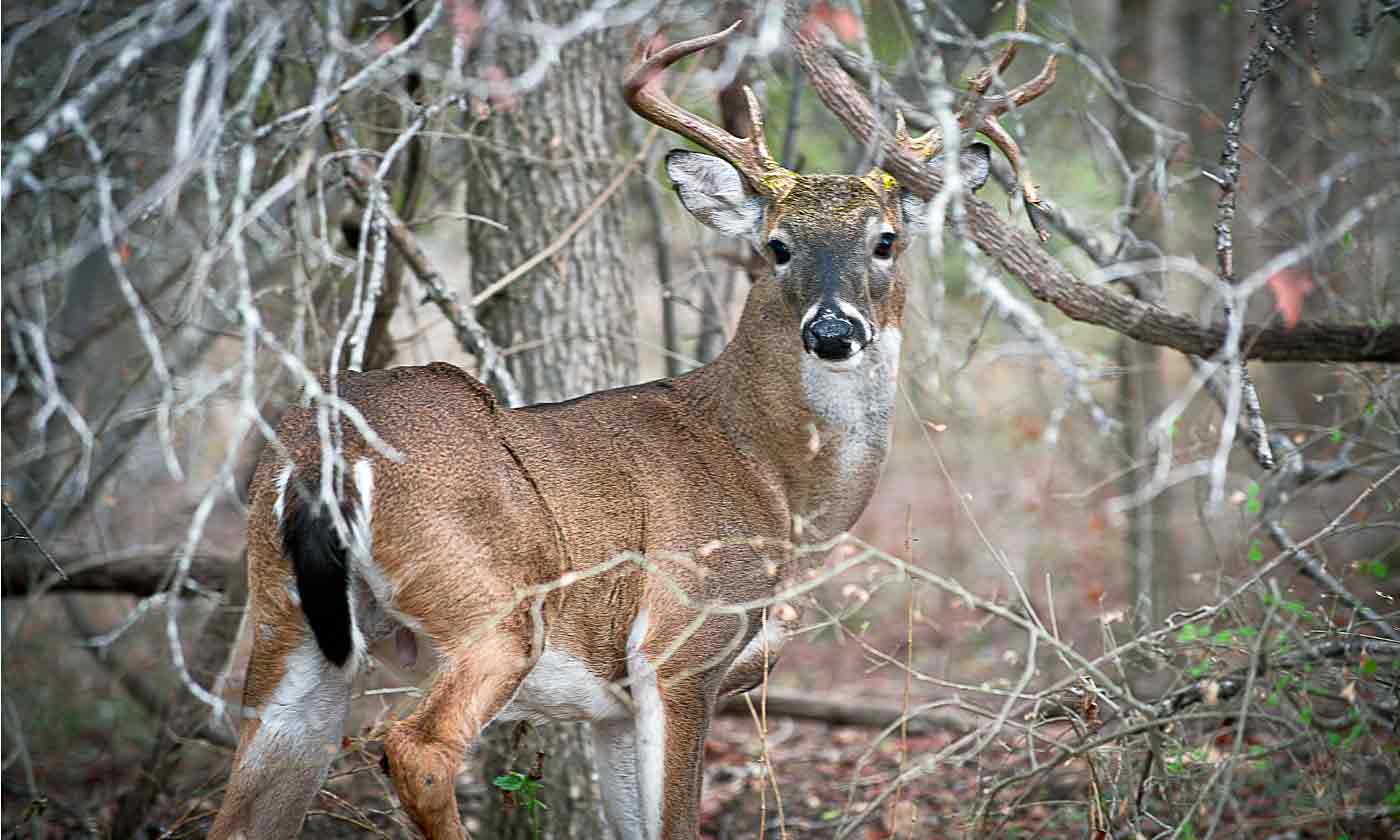
Options for Increasing Antler Size
A buck’s hardened antlers are made up of approximately one-half protein and one-half minerals. If bucks are reaching maturity and still have weak mass measurements, then the deer management strategies on your property should focus on increasing the availability of these potentially limiting factors. The objectives should be to provide more protein, minerals (phosphorus and calcium) and trace minerals for all deer. Here are few ways to get the job done:
- Food plots – Get a soil test for your plot area and fertilize and lime as necessary. Leached soils are low on minerals and other nutrients. Make sure that the deer foraging on spring and winter food plots are getting more than they see, especially post-rut and into the spring.
- Protein Pellets – One of the best ways to supplement whitetail deer is through protein pellets with at least a 16 percent protein content. Many commercial brands are available and they contain not only protein, but all of the necessary macro- and micro-nutrients.
- Other Foods – Protein pellets are great, but they are not the only game in town. Whole cottonseed and roasted soybeans are extremely high in protein and may be easier to get your hands on in some areas. These foods lack all of the nutrients that whitetail will need, but this option could be combined with plot and/or mineral sites. Stay away from corn as a supplement. In high quantities corn can cause several problems for deer and it’s low in protein.
- Mineral Sites – These are debatable since there have been no direct links between mineral sites and larger-antlered bucks, but there is no doubt that whitetail are attracted to these salt and mineral mixes. Research in livestock have found that minerals improve digestion, increase weight gains. Heavier deer tend to have heavier antlers.
- Fertilize – This practice is not limited to just food plots. Native browse species also benefit from nitrogen, phosphorus and potassium. Deer will readily consume preferred trees, shrubs and vines that have been fertilized. They can taste the difference. You’ll see the difference.
